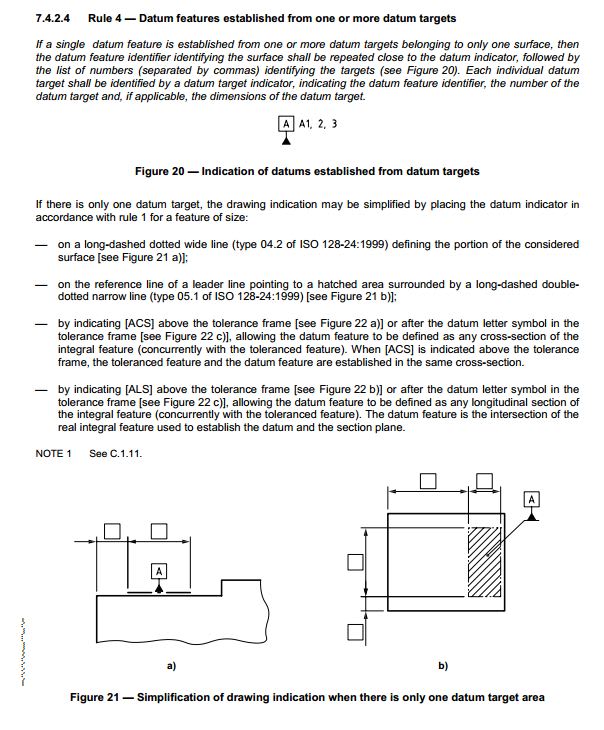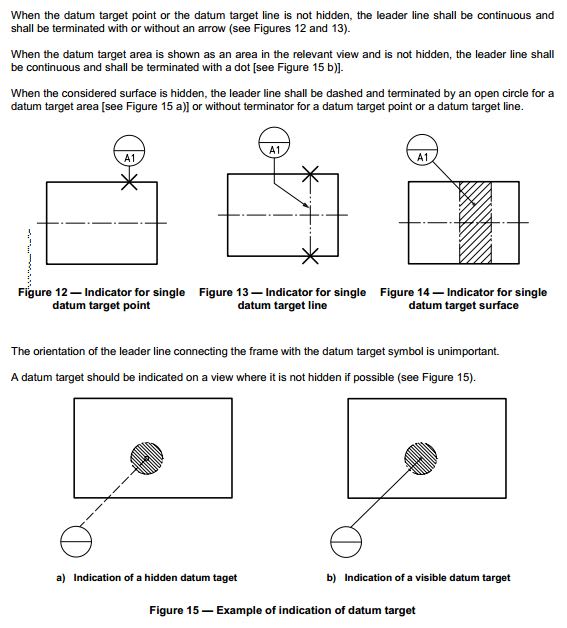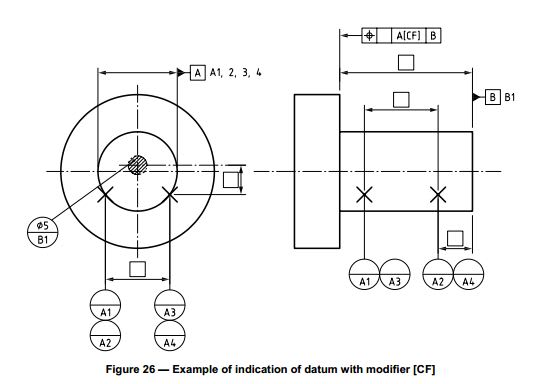Hi,
First up I'm an ISO guy.
I have a shaft and I want it's axis to define my datum A. The caveat is that I only want a section of the surface be used to define the datum - the first 110mm from on end.
see this image:

So I've got two locations defined already, K and L for another feature. I want to say Datum A is only to be taken from between these points.
To me the simple notation by Datum A is a neat way to indicate this, but I'm guessing that it's not the correct way.
Thoughts?
First up I'm an ISO guy.
I have a shaft and I want it's axis to define my datum A. The caveat is that I only want a section of the surface be used to define the datum - the first 110mm from on end.
see this image:

So I've got two locations defined already, K and L for another feature. I want to say Datum A is only to be taken from between these points.
To me the simple notation by Datum A is a neat way to indicate this, but I'm guessing that it's not the correct way.
Thoughts?





